If you’ve ever battled with oily skin, you know the constant struggle of trying to keep that unwanted shine at bay. Oily skin is caused by overactive sebaceous glands producing excess sebum, which can lead to clogged pores, acne, and an uneven skin texture. But don’t worry; there’s a natural and effective solution to help manage oily skin: clay masks.
What are clay masks?
Clay masks have been used for centuries as a natural remedy for various skin ailments. They are made from different types of clay that have unique properties beneficial for the skin. These masks are designed to draw out impurities, detoxify, and leave your skin feeling refreshed and clean.
History of Clay Masks
The use of clay in skincare dates back to ancient civilizations. The Egyptians, Greeks, and Romans all utilized clay for its healing and beautifying properties. Cleopatra was known to use clay from the Nile River and the Arabian desert as part of her beauty routine.
Different Types of Clay Masks

There are several types of clay masks available, each with its own unique properties. Some of the most popular types include:
- Bentonite clay is known for its powerful oil-absorbing and detoxifying abilities.
- Kaolin Clay: A gentler option suitable for sensitive skin.
- French green clay is rich in minerals and highly effective at drawing out impurities.
- Rhassoul Clay: Sourced from the Atlas Mountains in Morocco, this clay is excellent for improving skin texture and elasticity.
How do clay masks work?
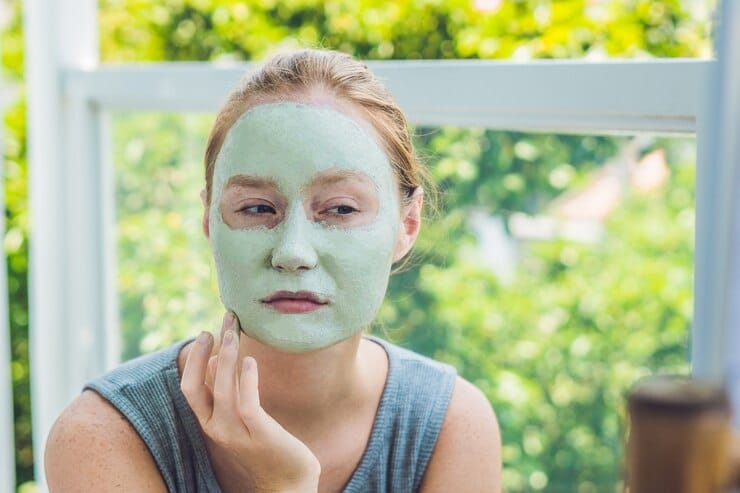
Absorption of Excess Oil
Clay masks are incredibly effective at absorbing excess oil from the skin. When applied, the clay binds to the oil and impurities in your pores, pulling them to the surface. This helps to reduce the shiny appearance of oily skin and leaves your face feeling clean and matte.
Detoxification and purification
Clay masks also help detoxify the skin by drawing out toxins and impurities. This purification process can help prevent breakouts and leave your skin looking clearer and more radiant.
Types of Clay Used in Masks
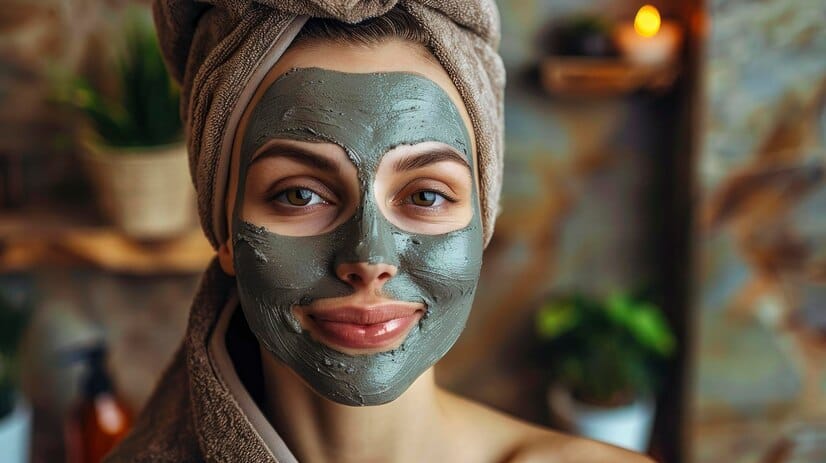
Bentonite Clay
Bentonite clay is derived from volcanic ash and is one of the most powerful clays for detoxifying and oil absorption. It swells when mixed with water, creating a porous, sponge-like structure that draws out toxins and excess oil.
Kaolin Clay
Kaolin clay is a gentle, fine-grained clay that comes in a variety of colors depending on its mineral content. It’s great for sensitive skin and helps to absorb oil without being too harsh.
French Green Clay
This clay is known for its high mineral content, including magnesium, calcium, and potassium. French green clay is particularly effective at drawing out impurities and tightening pores.
Rhassoul Clay
Rhassoul clay has been used for centuries in Moroccan beauty rituals. It’s rich in silica, magnesium, and potassium, which help improve skin texture and elasticity. This clay is excellent for balancing oily skin and improving the overall complexion.
Benefits of Clay Masks for Oily Skin
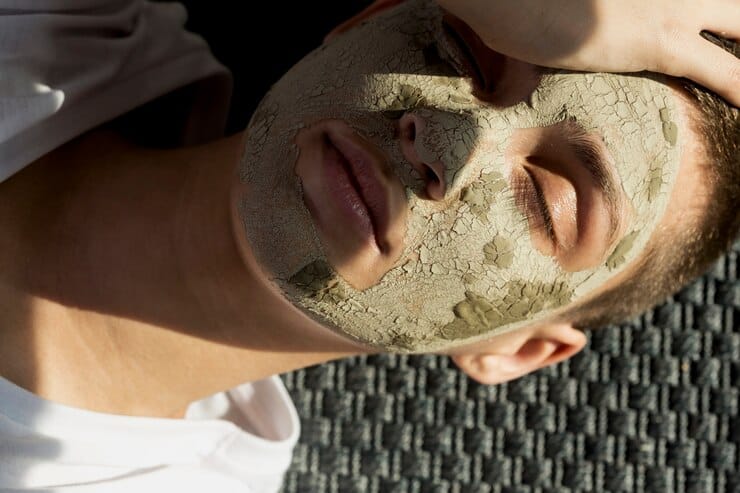
Absorbing excess oil
One of the main benefits of clay masks for oily skin is their ability to absorb excess oil. This helps to reduce the appearance of shine and prevent clogged pores, which can lead to breakouts.
Unclogging Pores
Clay masks work to unclog pores by drawing out impurities and debris. This deep-cleansing action can help reduce the occurrence of blackheads and whiteheads.
Reducing Acne and Blemishes
Regular use of clay masks can help reduce acne and blemishes. By keeping pores clean and free of excess oil, clay masks can prevent the formation of pimples and help existing blemishes heal faster.
Smoothing Skin Texture
Clay masks can also help improve skin texture by exfoliating dead skin cells and promoting cell turnover. This results in a smoother, more even complexion.
Soothing Inflammation
Many types of clay have anti-inflammatory properties that can help soothe irritated skin. This makes clay masks beneficial for those dealing with inflamed acne or other skin irritations.
How to Choose the Right Clay Mask for Your Skin Type
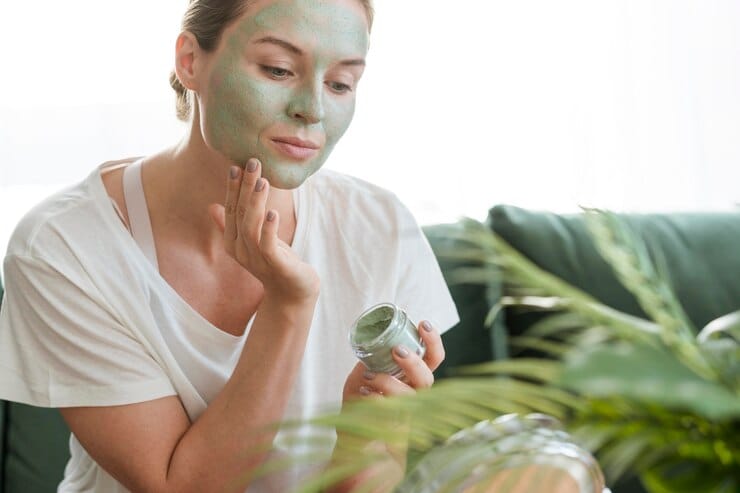
Understanding Your Skin’s Needs
Choosing the right clay mask involves understanding your skin’s specific needs. For oily skin, you’ll want a mask that is particularly good at absorbing oil and detoxifying.
Reading product labels
When selecting a clay mask, it’s important to read the product labels carefully. Look for masks that contain natural ingredients, and avoid those with harsh chemicals or artificial fragrances.
DIY Clay Masks: Recipes and Tips
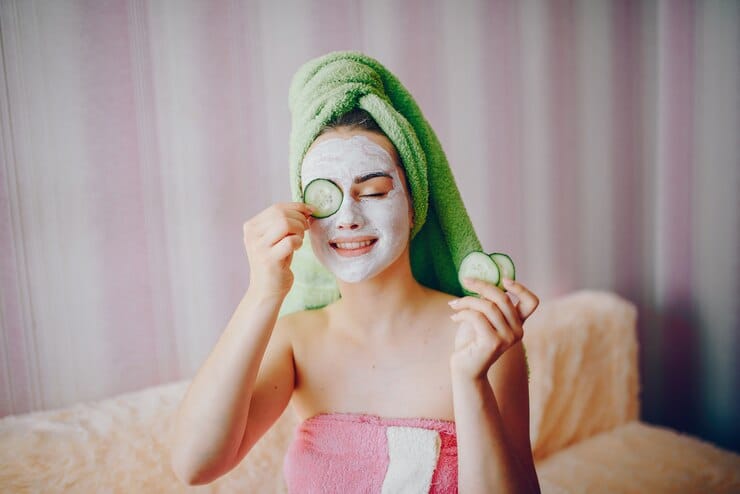
Simple DIY recipes
Making your own clay mask at home is easy and allows you to customize the ingredients to suit your skin’s needs. Here are a few simple recipes:
- Bentonite Clay Mask: Mix 1 tablespoon of bentonite clay with enough water to form a paste. Apply it to your face and leave on for 10–15 minutes before rinsing off.
- Kaolin Clay Mask: Combine 1 tablespoon of kaolin clay with 1 tablespoon of aloe vera gel. Apply it to your face and leave on for 10–15 minutes before rinsing off.
Tips for Making the Most of DIY Masks
- Always use non-metal utensils and bowls when mixing clay masks, as metal can reduce the effectiveness of the clay.
- Test a small patch of skin before applying the mask to your entire face to ensure you don’t have an adverse reaction.
- Follow up with a moisturizer to keep your skin hydrated.
How to Properly Apply a Clay Mask
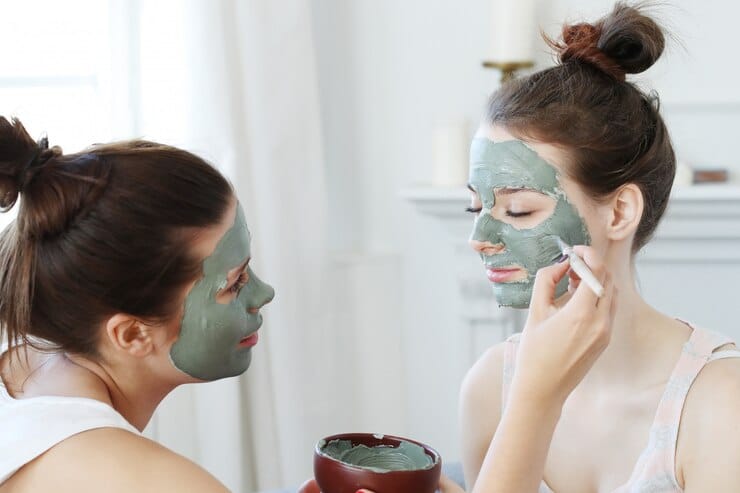
Preparing your skin
Start by cleansing your face to remove any makeup, dirt, or oil. This ensures that the clay mask can penetrate your pores more effectively.
Application Techniques
Using clean fingers or a brush, apply an even layer of the clay mask to your face, avoiding the eye and mouth areas. Make sure to cover all oily areas thoroughly.
How Long to Leave It On
Most clay masks should be left on for 10–15 minutes, or until they start to dry. Avoid leaving the mask on for too long, as this can dry out your skin and cause irritation.
Frequency of Use

How Often to Use Clay Masks
For oily skin, using a clay mask 1-2 times a week is usually sufficient. This allows your skin to benefit from the mask’s oil-absorbing properties without over-drying.
Signs of overuse
If you notice your skin becoming excessively dry or irritated, you may be using clay masks too frequently. Reduce the frequency and monitor your skin’s response.
Potential side effects and precautions

Common side effects
While clay masks are generally safe for most people, some may experience dryness, redness, or irritation. This is usually temporary and can be alleviated with a good moisturizer.
How to Avoid Adverse Reactions
To avoid adverse reactions, always do a patch test before applying a new clay mask to your face. If you have sensitive skin, opt for gentler clays like kaolin.
Combining Clay Masks with Other Skincare Products
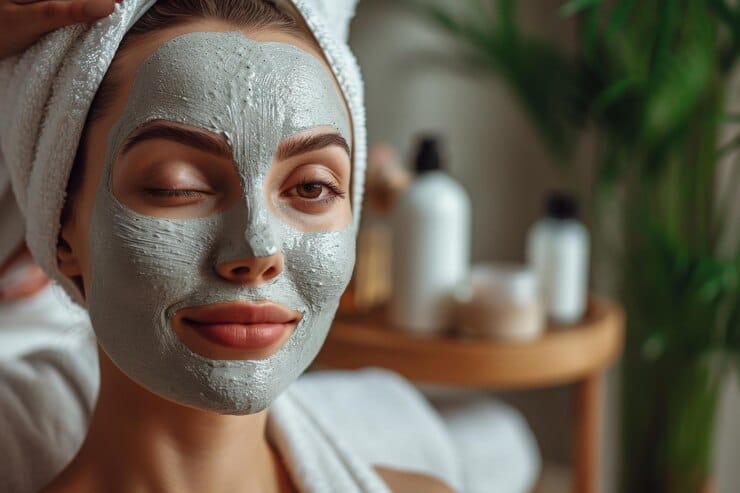
What Products to Use Before and After
For best results, cleanse your face before applying a clay mask. After removing the mask, use a toner to balance your skin’s pH, followed by a moisturizer to hydrate and protect your skin.
Synergistic Effects with Other Treatments
Clay masks can be combined with other treatments, such as exfoliants and serums, to enhance their benefits. For example, using a gentle exfoliant before a clay mask can help the mask penetrate deeper into your pores.
Case Studies and Testimonials
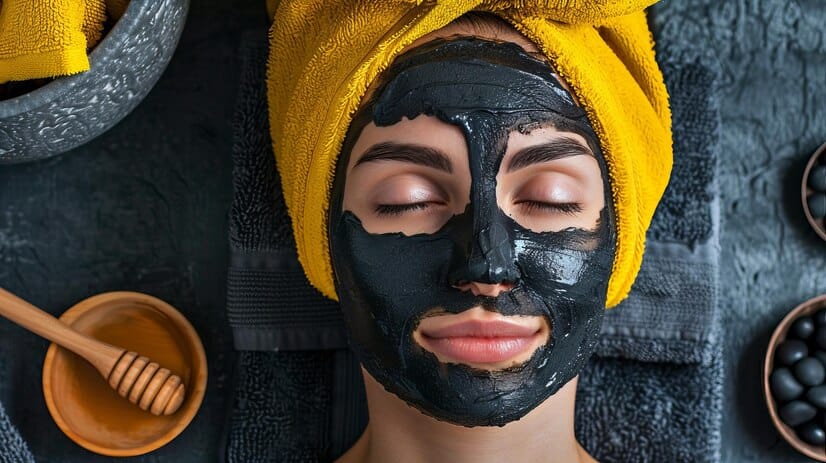
Real-Life Experiences
Many people with oily skin have found success with clay masks. Testimonials often highlight improvements in skin texture, reduced acne, and a less oily shine.
Expert Opinions
Dermatologists often recommend clay masks as part of a skincare routine for oily skin. They emphasize the importance of choosing the right type of clay and using the masks correctly to avoid irritation.
Conclusion
Incorporating clay masks into your skincare routine can provide numerous benefits for oily skin. From absorbing excess oil to unclogging pores and reducing acne, these masks offer a natural and effective solution to common oily skin issues. By understanding your skin’s needs and choosing the right type of clay, you can achieve a clearer, more balanced complexion.
FAQs After Conclusion
1. How do clay masks differ from other face masks?
Clay masks are specifically designed to absorb excess oil and detoxify the skin, making them ideal for oily and acne-prone skin. Other face masks, such as hydrating or sheet masks, serve different purposes, like moisturizing or soothing.
2. Can clay masks be used on sensitive skin?
Yes, but it’s important to choose a gentle clay like kaolin and to do a patch test first. Sensitive skin may react to more potent clays, so start with a milder option.
3. Are clay masks safe for daily use?
Using clay masks daily is generally not recommended, especially for oily skin. Overuse can lead to dryness and irritation. 1-2 times a week is usually sufficient.
4. Do clay masks help with blackheads?
Yes, clay masks can help with blackheads by drawing out impurities and unclogging pores. Regular use can reduce the appearance of blackheads over time.
5. Can men use clay masks too?
Absolutely! Clay masks are effective for all genders. Men with oily or acne-prone skin can benefit just as much from the oil-absorbing and detoxifying properties of clay masks.







